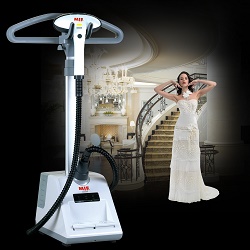Classification of washing machines
Buying a washing machine is a serious and responsible decision, because the assistant must be worthy to live in your home and help maintain the cleanliness of life. There are many requirements for such equipment, and each of them is quite reasonable, because it has to be more than just an interior decoration. Classification of washing machines will help find a decent "candidate."
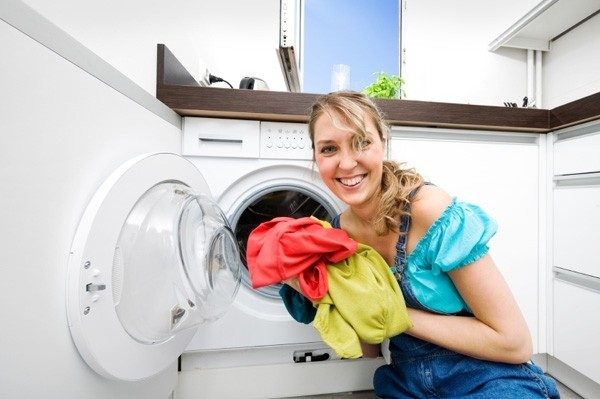
General principles
We are accustomed to the fact that our knowledge and skills are evaluated on a five-point system. With washing machines all the same, with a single amendment: the highest score would correspond to the Latin letter "A" (and further - alphabetically, lower and lower category). And each of the classes of washing machines may be accompanied by additional categories, which are indicated by the plus signs added to the letters. Similar systematization concerns the following device criteria:
- washing;
- spin;
- power consumption.
For each of these processes, there are specific criteria for approximation to the reference ones.
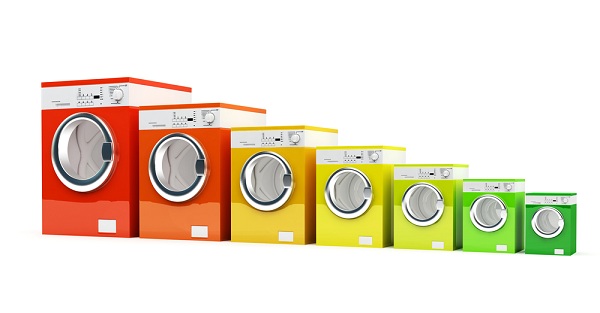
Wash classes
In relation to washing, there are six classes of such devices: they are denoted by letters from A to G. Models of washing units are tested at the production stage, taking as a basis a sample washed on reference device, and its the same for all soiled counterparts. The hourly washing process starts at a temperature of 60 ° C, the results of which are determined by wash class. It will be interesting to know the following facts.
- Marking A is assigned when the device has washed away the contamination much better than the reference sample.
- But B give in the event that the quality of washing will not differ from the reference.
With all the other letters it is clear that the quality of washing will be worse than that represented for a sample of fabric. But, on the other hand, many consumers may wonder: “Why buy a B-model if it is not much different from A?”. In fact, of course, there are differences, but they will be noticeable only after repeated washings.
Today, almost all models belong to the A-category, except that single copies will stand out from the general rut.
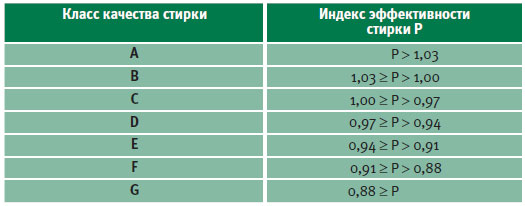
Spin Classes
In order to get to the highest mark of the pedestal in this category, the machine meets two criteria:
- have a large drum diameter;
- work at a speed of at least 1500 rpm.
In this case, the laundry will come out wet, but without a drop of smudges. The device receives the highest rating if, after completion of the process in the laundry no more than 45% moisture. If the user has a lot of free time to hang the laundry on a rope and dry it “in the old fashioned way” on clothespins, then G-models are enough. But what is the point of wasting your precious time on spinning?
Class A Washing Machines can show speeds of up to 14,600 rpm. However, even an indicator of 1200 rpm is justified in the event that the equipment is designed to load at least 7 kg of linen. In other versions, 1 thousand rpm will suffice. Choosing spin class, you need to take into account some of the nuances that are better known in advance.
- If the drum is running at high speeds, the laundry can snuggle up and knead. And as far as it will be dry as a result, so will crumpled. By the way, it is not always possible to eliminate it during subsequent ironing.
- For cotton clothes and bedding will be enough and 1 thousand r / min. But products from delicate fabrics should be pressed at 400 rpm.
- The estimate is determined by spinning a certain amount of non-strongly stretch cotton underwear at a given time interval. For the buyer, it is important to correctly set programs in a washing machine so that wool or silk simply doesn’t tear as a result to shreds.

Energy Classes
It’s also important how much electricity your washing machine “eats” before issuing the desired result. For determining energy class there are special standards expressed by the same letters: here the G-option will have the highest level of consumption, and in the case of energy class A you will be offered the most economical option (if you express these data in numbers, they will be less than 0.19 kWh / kg ).
But even here, manufacturers went further: today washing machines, labeled Class A, have additional "Pluses" In the title. What does this mean? And additional features, and high cost. Does device A +++ justify its price if it will work only a couple of times a week (as opposed tofor example, from the fridge)? There are few benefits here.
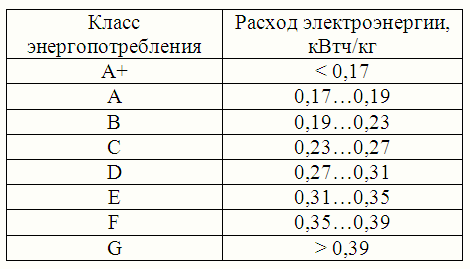
Another point that concerns drying function: her presence can also affect the category of the car. There is no separate “nomination” here - this technology is completely dependent on the power consumption of the device.
Usually in models with drying this class will not rise above the markings B or C, which is associated with an increased absorption of the power source.
The process of washing itself, too, at times lengthen in time. So such an acquisition will not be particularly economical.
Before making a purchase, each future owner of the machine already roughly represents what he expects from his assistant. Information on systematization of devices will help bring the choice to a logical conclusion. It is also worth reading the information about main characteristics of automatic washing machines.

/rating_off.png)







